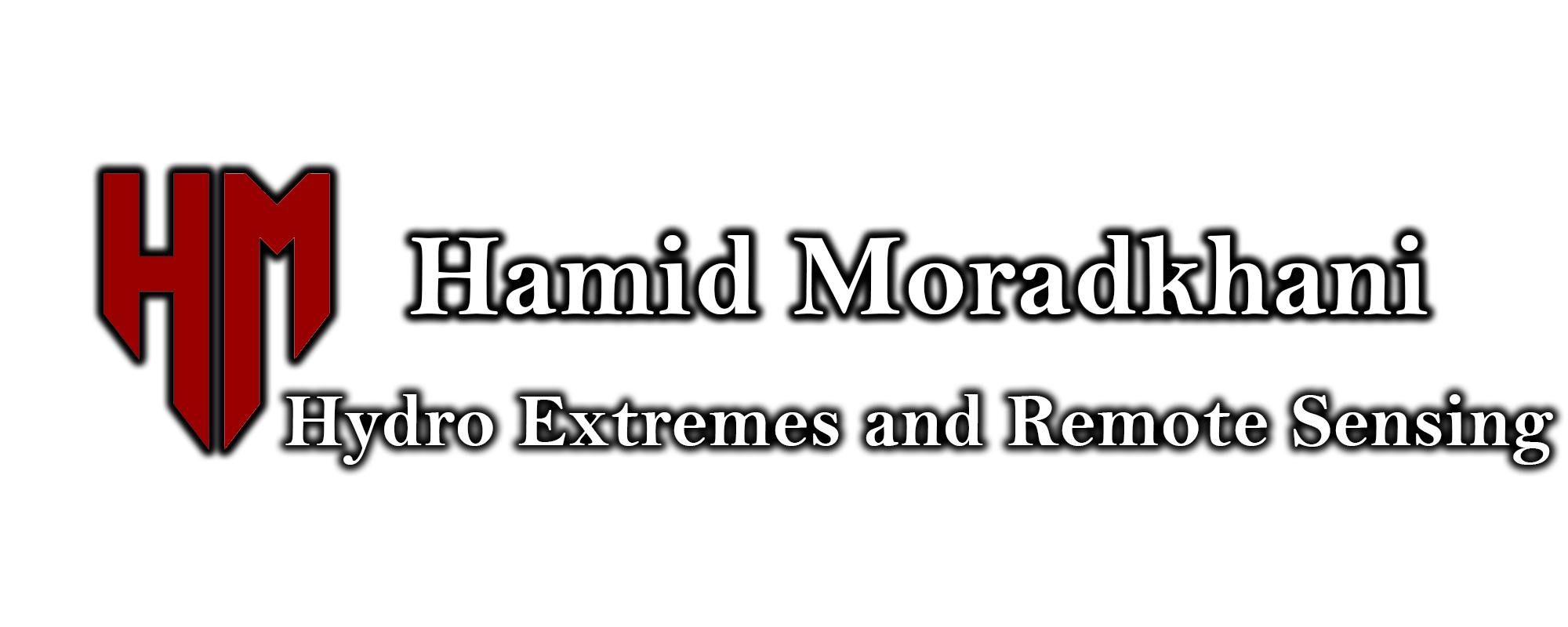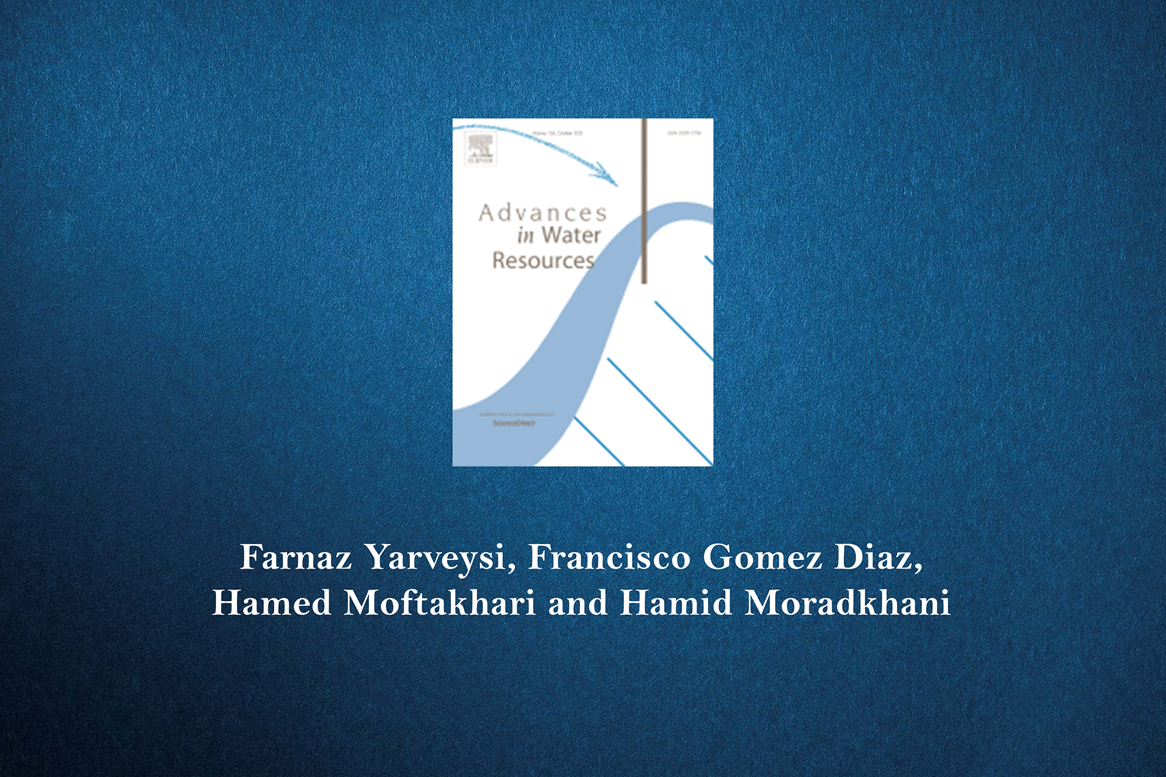Coastal and hydrologic floods are distinct yet interconnected phenomena, driven by oceanic and terrestrial processes, respectively. Their interaction—known as compound flooding—occurs when storm surge, heavy precipitation, and river flow coincide, significantly amplifying flood impacts in coastal riverine regions. These interactions give rise to a transition zone, where coastal and hydrologic flood processes converge, resulting in complex, prolonged inundation that is challenging to predict using traditional hydrodynamic models. Accurately delineating this zone is essential for improving flood risk assessment and mitigation strategies. In this study, we employ deep learning to quantify the relative contributions of terrestrial hydrologic and coastal flood drivers, enabling spatial delineation of the transition zone within Galveston Bay in Texas. This data-driven approach addresses the limitations of conventional models and supports more effective flood-resilience planning for vulnerable coastal communities. Our results reveal spatial patterns of flood driver dominance, with storm tide influencing coastal zones and river flow playing a greater role inland. The use of SHapley Additive exPlanations (SHAP) enables the delineation of a transition zone where no single driver dominates, underscoring the importance of compound flood modeling in such areas. This framework offers a scalable and interpretable solution for identifying high-risk zones, enhancing the precision of flood risk assessments, and informing targeted mitigation efforts in coastal regions….Read more
-
PreviousOur recent paper in Journal of Flood Risk Management, A Block-Level Categorical Flood Risk Mapping to Aid Shelter Location
-
NextFrancisco Gomez participated in the 2025 PhD Autumn School in Security, Risk and Vulnerability, held in Sestri Levante, Italy. The school brought together PhD candidates, post-doctoral researchers, and early-career scientists working on urban-scale flood and multi-risk research. Francisco presented his work in compound flood modeling and was awarded the 3rd place selected by a panel of professors among 35 presentations. Wonderful achievement Francisco, Congratulations!

